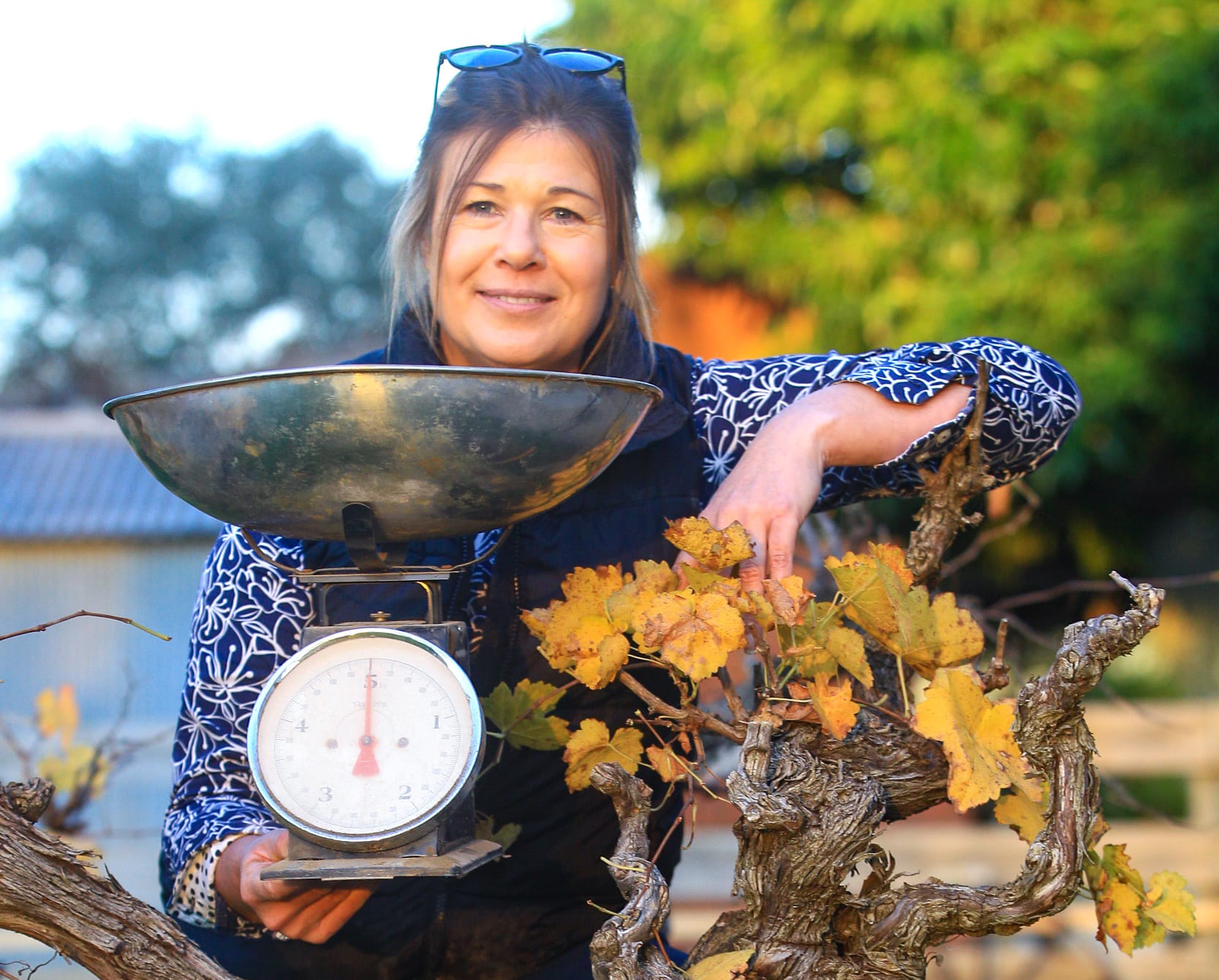Estimating wine grape yield made easy
For wine grape growers estimating yield is one thing but whether that end ups accurate is another. Perhaps, until now. Barossa Valley viticulturist Amanda Mader said current methods for accurately tracking grape yield for global demand and wine...

For wine grape growers estimating yield is one thing but whether that end ups accurate is another.
Perhaps, until now.
Barossa Valley viticulturist Amanda Mader said current methods for accurately tracking grape yield for global demand and wine production logistics had an error margin of up to 30 per cent.
However, wine companies would like to see this margin reduced to 5 per cent.
It’s a big task, and one that could become easier to achieve thanks to her novel solution.
Ms Mader, along with electronics expert Craig Harris, from CPH Electronics, has created a beta prototype of a device that continuously measures the bunch weight of wine grapes in real time.
“At the moment, it doesn’t look pretty,” she said.
It’s a silver box with an antenna. Imagine fish scales with a hook.”
But it’s the brains of the device, not its beauty that matter.
Simply explained, the device, which is connected to the internet, measures bunch weight between veraison (the onset of ripening) and harvest by using load cell technology with continuous data logging capabilities located within the vine canopy.
Meanwhile, a thermoelectric device inserted into the bunch obtains internal temperatures hourly while an external logger outside the bunch also tracks at these intervals.
Irrigation application and rainfall events are noted to determine the possible effects on bunch weight.
“For now, it’s one of a kind that’s out there at the moment,” Ms Mader said.
She said the setup was a massive improvement on the manual methods historically used to monitor bunch weight, as the time and labour involved limited the sample size that could be practically obtained in commercial vineyards, and the industry was still getting it wrong.

And her understanding isn’t just theoretical.
Ms Mader has a viticulture consultancy, Vine Scout, under the banner of Gumpara Wines, a family-owned business in the Barossa Valley.
Located in the small township of Light Pass, the land has been in the Mader family since 1856.
Six generations later, her husband Mark Mader produced the first wine under the Gumpara label in the year 2000.
“We have challenges in the wine industry,” Ms Mader said.
"The most important one is we don’t understand how bunch weight responds to heat waves, however, in the era of climate change, it’s imperative to refine our irrigation practice and water use efficiency.
There’s potential for the information derived from this technology to assist winemakers and viticulturists to make important decisions in the optimal selection of harvest date.”
The second issue Ms Mader flagged was that “we’re not very good at estimating crop yield”.
“It’s a worldwide issue where we’re always trying to improve our yield estimate accuracy reliability for global demand and supply and also for winery logistics.
“If we can significantly improve your yield estimate of what we say we’re going to bring into the winery, to what actually gets delivered, within 5 per cent, it will be a massive achievement.
“I think this device has the potential to do that as we’re receiving information every hour on how bunch weight responds to a heat wave, cool spells, rainfall and irrigation application.
“It’s so dynamic – the bunch weight always changes.”
The device still has another year of field trials to go, but there’s already plenty to toast to.
Ms Mader’s innovative agricultural technology was one of nine to share in more than $700,000 worth of grants available through the State Government’s AgTech Growth funding in June.
Her grant will go towards producing and installing three load cells in a few vineyard demonstration sites to enable the continuous logging of bunch weight.
The data will be used to analyse the relationship between environmental factors, such as heat waves, cool spells, rainfall and irrigation application, to the pattern of berry weight gain or shrinkage during the period between grape ripening and harvest.
Receiving the grant comes just a few months after Ms Mader was named the 2022 Barossa Viticulturist of the Year by wine fraternity Barons of Barossa.
Next on her agenda are collaborative trials on the bunch weight management device, securing new stakeholders and then taking it to market.
“What we are hoping for after the next growing season is to refine this technology,” she said, “and build this into a commercial reality.”





